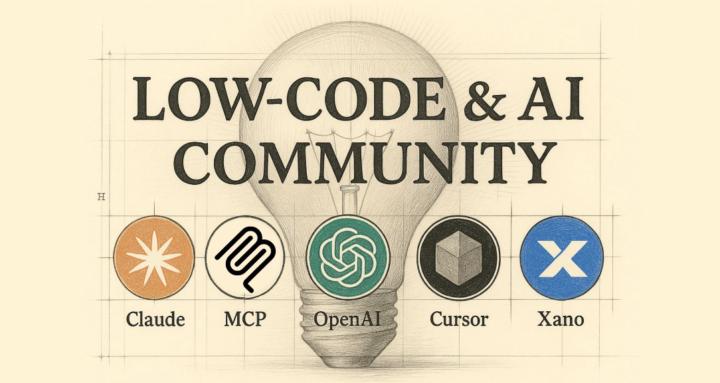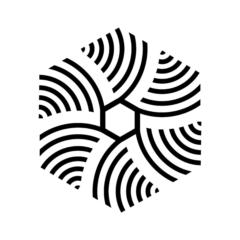Something for your projects @Robert? #Snappy & #Universal MCP’s
https://github.blog/ai-and-ml/github-copilot/meet-the-github-mcp-registry-the-fastest-way-to-discover-mcp-servers/
2
0

Snappy MCP Demonstration!
@N Workneh check out this video to see how I set it up in the beginning! In this video I go through setting up the MCP, and using it to build in a completely new Xano Workspace!
4
0
Welcome, Rules & Resources!
Welcome to the Low-Code Community! We help Webflow Designers become WebApp Developers so that you can build SaaS without anyone else getting involved (and messing up your design)! 📌 Introduce Yourself Kickstart your journey by introducing yourself! Share your name, location, and what draws you to the low-code world. Whether you're here to share knowledge or seek guidance, we're excited to hear your story and support your ambitions. 📜 Community Guidelines To ensure a productive and positive environment, we adhere to a few simple rules: - Be Respectful: Foster a supportive atmosphere where all members feel valued. - No DM Spam: Respect personal boundaries and the community's purpose. - No Selling: This space is for learning and sharing, not for unsolicited sales pitches. (Report any rule-breaking DMs for immediate action.) 🔑 Unlock Your Potential: Free Resources & Tools Dive into the world of Webflow, Wized, and Xano with free plans that let you start building today. Our curated resources are designed to guide you from concept to scale: 💸 Start for Free - Webflow University: Learn Web Design - Wized Tutorials: Interactivity in Webflow - Xano: Backend Power 👍 Engage & Grow Active participation unlocks exclusive benefits, such as: - Access to my classroom resources and solutions - Free Snappy boilerplates - 1:1 feedback sessions, and more! ⬆️ Advanced Resources When ready, explore our paid extras in the Classroom section for in-depth learning and personalized support. 🚀 Take Action - Introduce Yourself: Jump into the community and meet fellow SaaS enthusiasts. - Explore Resources: Start with our Free Resources to begin your journey. - Engage: Share insights, ask questions, and contribute to discussions for mutual growth. 📢 Let's Build Together Your journey in SaaS is unique, and this community is here to support every step of the way. From validating your initial idea to scaling globally, we're here to offer insights, encouragement, and resources. Let's create something remarkable together.

React SPA Template for Xano
Been building lots of internal tools and decided to build a React template derived from a production project. React is a ecosystem that requires a lot of picking an choosing to land on the right tools. This template skips the decision fatigue by combining battle-tested libraries with patterns proven in production. It’s designed for internal tools, admin dashboards, and B2B applications where: - 🛡 Reliability matters — Error handling, TypeScript, and predictable patterns - 🏎️ Speed matters — Pre-built auth, API integration, and UI scaffolding - 🔗 Xano is your backend — First-class auth and API integration - 🧩 Flexibility matters — Tailwind v4 + shadcn/ui give you fully ownable components - 🎨 UX matters — Optimistic updates, cache control, polished loading states, and smooth transitions https://github.com/ThinlySlicedShortRib/react-spa-for-xano I've already used it to migrate another project from Weweb and saw tremendous improvement in speed and quality. I'd be happy to showcase the template's capabilities. Just hit me up.
Build API's in seconds using the Snappy Xano MCP
MCP Wednesday Call coming up in 20 minutes! Now you can build production ready API's in literally seconds using the Snappy Xano MCP tool. In this video, I go through the new dashboard, the api key features, and the new building capabilities that lets AI create not only sophisticated, but consistent outputs in Xano that leverages the platform to its strength!
4
0

1-30 of 200

skool.com/snappy
Faster than vibe coding. Private AI tools to ship real systems while others prompt. We build businesses, not demos.
Powered by



